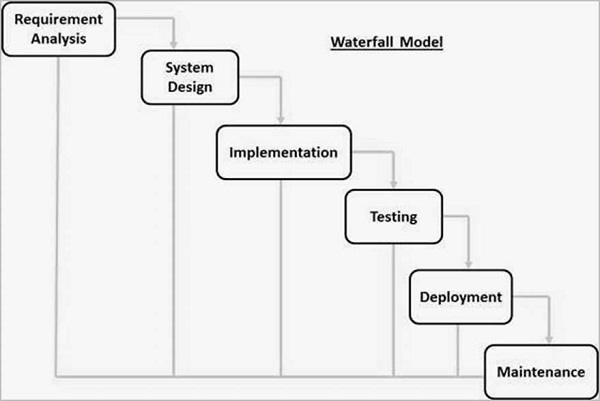SE notes
What is the difference between Computer Science, Computer Engineering, and Software Engineering?
The three programs have common elements: they all stress an understanding of both digital hardware and software, though to varying degrees, and they all hone students' problem-solving skills. As well, graduates of all three programs may compete for some of the same jobs. However, the programs have different objectives.
- Computer Engineering (CE) deals with designing, developing, and operating computer systems. At its core, Computer Engineering concentrates on digital hardware devices and computers, and the software that controls them. Advanced courses focus on standard designs and techniques for specific application domains. In contrast to CS and SE, Computer Engineering emphasizes solving problems in digital hardware and at the hardware-software interface.
- Computer Science (CS) focuses on understanding, designing, and developing programs and computers. At its core, Computer Science concentrates on data, data transformation, and algorithms. Advanced courses present specialized programming techniques and specific application domains. The CS program is less structured than the CE and SE programs, giving students more flexibility to build depth or breadth in a variety of application domains or in the fundamentals of Computer Science.
- Software Engineering (SE) deals with building and maintaining software systems. It is more software-oriented and has a greater emphasis on large software applications than Computer Engineering. It is more applied than Computer Science, placing greater emphasis on the entire software development process, from idea to final product. It is also more disciplined than Computer Science, applying more systematic practices to help ensure that products are reliable and safe.
Waterfall Model design
Waterfall approach was first SDLC Model to be used widely in Software Engineering to ensure success of the project. In "The Waterfall" approach, the whole process of software development is divided into separate phases. In Waterfall model, typically, the outcome of one phase acts as the input for the next phase sequentially.Following is a diagrammatic representation of different phases of waterfall model. The sequential phases in Waterfall model are:
The sequential phases in Waterfall model are:- Requirement Gathering and analysis: All possible requirements of the system to be developed are captured in this phase and documented in a requirement specification doc.
- System Design: The requirement specifications from first phase are studied in this phase and system design is prepared. System Design helps in specifying hardware and system requirements and also helps in defining overall system architecture.
- Implementation: With inputs from system design, the system is first developed in small programs called units, which are integrated in the next phase. Each unit is developed and tested for its functionality which is referred to as Unit Testing.
- Integration and Testing: All the units developed in the implementation phase are integrated into a system after testing of each unit. Post integration the entire system is tested for any faults and failures.
- Deployment of system: Once the functional and non functional testing is done, the product is deployed in the customer environment or released into the market.
- Maintenance: There are some issues which come up in the client environment. To fix those issues patches are released. Also to enhance the product some better versions are released. Maintenance is done to deliver these changes in the customer environment.
All these phases are cascaded to each other in which progress is seen as flowing steadily downwards (like a waterfall) through the phases. The next phase is started only after the defined set of goals are achieved for previous phase and it is signed off, so the name "Waterfall Model". In this model phases do not overlap.Waterfall Model Application
Every software developed is different and requires a suitable SDLC approach to be followed based on the internal and external factors. Some situations where the use of Waterfall model is most appropriate are:- Requirements are very well documented, clear and fixed.
- Product definition is stable.
- Technology is understood and is not dynamic.
- There are no ambiguous requirements.
- Ample resources with required expertise are available to support the product.
- The project is short.
Waterfall Model Pros & Cons
Advantage
The advantage of waterfall development is that it allows for departmentalization and control. A schedule can be set with deadlines for each stage of development and a product can proceed through the development process model phases one by one.Development moves from concept, through design, implementation, testing, installation, troubleshooting, and ends up at operation and maintenance. Each phase of development proceeds in strict order.Disadvantage
The disadvantage of waterfall development is that it does not allow for much reflection or revision. Once an application is in the testing stage, it is very difficult to go back and change something that was not well-documented or thought upon in the concept stage.
No comments:
Post a Comment